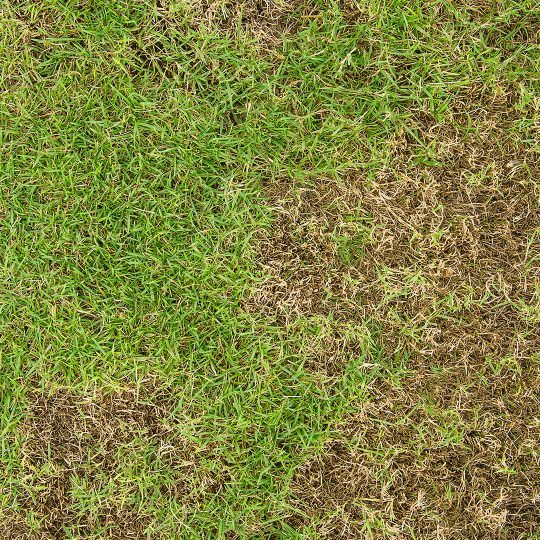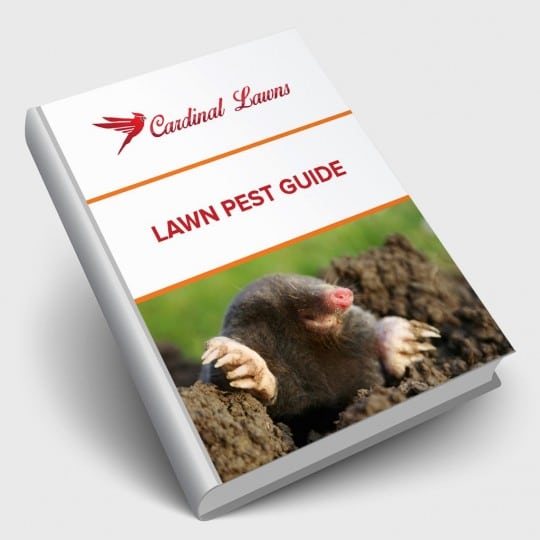Preventing Billbugs in Your Lawn
Signs of Pests and How to Deal
Posted
May 24, 2018

From mid June to late August, you may notice your grass turning brown and think it could just be from summer heat. Try pulling on the blades. Do they lift out easily? If so, you could have billbugs in your lawn.
What are Billbugs?
When you pull out the grass and notice white, fat, half-inch long, humpback grubs with brown heads lying in the soil, you may be looking at young billbugs. Adult billbugs have black bodies and may be seen slowly strolling along driveways or walkways around May and October as well.
It’s the billbug larve you really have to worry about. They are busy hollowing out grass stems and chewing on roots below the soil. Left unattended, these pests can do widespread damage—creating expansive dead patches across your lawn, destroying everything.
Preventing Billbugs in your Lawn
Preventing billbugs is easier than removing them and trying to bring your lawn back to life. If you regularly promote a healthy lawn by properly watering and fertilizing your grass, it will help to keep pests away.
While small damaged areas of grass can recover if the billbug larvae is killed, you may need to reseed or resod large areas. Maintain proper soil moisture and lawn fertilization for the type of lawn you have.
You can also apply preventative insecticide before billbug eggs are laid—usually in May. Always be sure to read any instructions for whatever chemical formula you use. You don’t want to cause any further damage.

Download Your FREE Lawn Pest Guide
Pests become most prevalent during the heat and humidity of summer. Take some time to learn about the signs of infestations before any damage can be caused to your landscape. This handy guide will teach you how to spot common lawn pests and how to keep them from causing harm to you and your property.